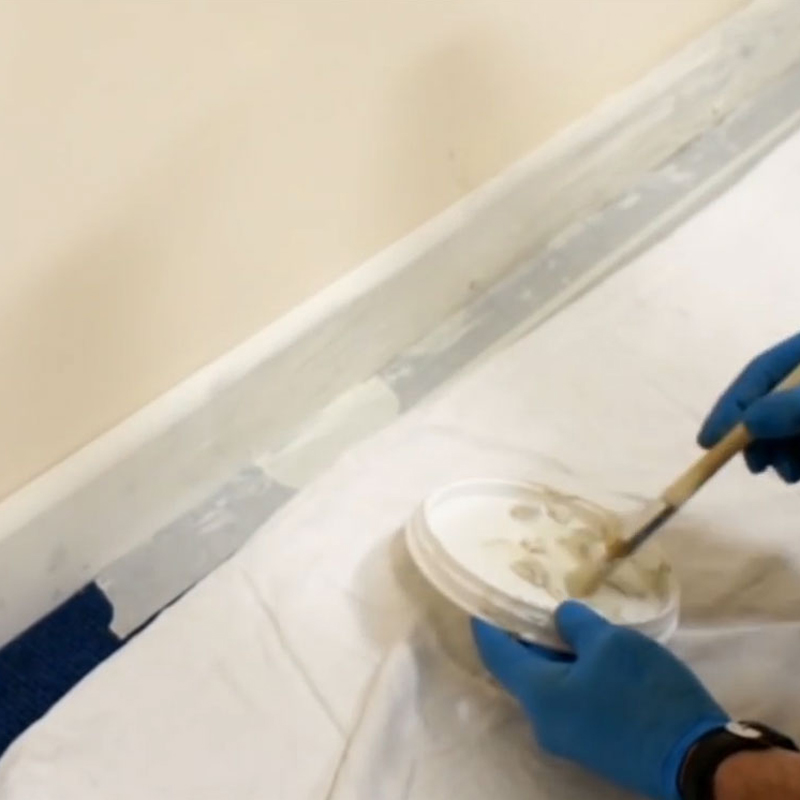
Application
Easy to apply and easy to remove
Learn More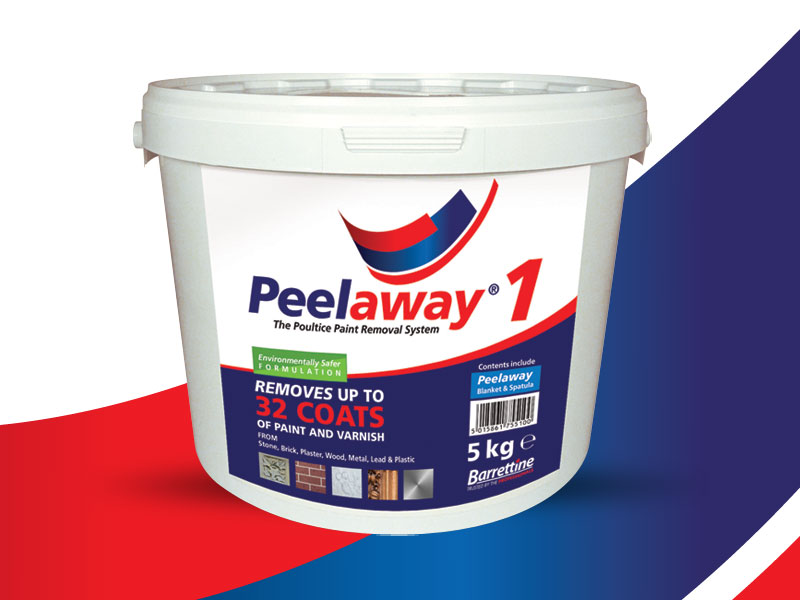 Peelaway 1
Peelaway 1Peelaway® 1 Paint & Varnish Remover is formulated to remove multiple layers of old toxic lead paint from ornate plaster ceilings and cornices, bricks, masonry, steel, cast iron and woodwork. Peelaway 1 is water-based alkaline formulation and most often used for restoration projects involving multi-layers of oil-based paints where the stripping compound is formulated to quickly react with the paint resins and convert any lead present into a compound that can be safely disposed of without endangering the environment.
![]()
We can not state enough how important it is to carry out a test patch before general use. Peelaway sample text kits are available containing both Peelaway 1 & Peelaway 7. We strongly recommend testing both products before full application to determine the most effective product for your project. For full instructions before beginning any project, refer to the 'Test Patch' tab at the bottom of this page.
Each project can potentially give different results and this is why it is imperative to carry out Test Patches. Leaving on for not long enough could mean the process has not been completed. Leaving on too long could damage the substrate or you may find the Peelaway® blanket and paste becomes too hard and difficult to clean up.
Peelaway 1® is a high pH product, so it can penetrate and react with the oil/lead content of multi-layers of older coatings, this means that the stripped surface should be neutralised with a weak solution of acetic acid (supplied with the packs) and left to dry thoroughly before repainting. However, if the surface is not to be repainted, the pH or moisture content of the surface is not so critical.
This guidance is specific to Peelaway residues post-stripping. Before using Peelaway Products, always read the full guidance and product label before use, which is available at https://peelaway.co.uk/137/application
![]() (Guidance for removing Peelaway residue)
(Guidance for removing Peelaway residue)
1 x 5 Kg, 1 x 15Kg
The system will remove paint from many exterior and interior architectural surfaces, including stone, cement, brickwork, plaster walls and ceilings, plain and ornate fibrous plaster cornices, plain and carved or turned woodwork, plain and cast metal work. Automobile, aircraft and marine coatings are also efficiently stripped with the Peelaway® system. Because the chemicals are doing the stripping work with minimal sanding and scraping required compared to other methods the Peelaway® Poultice Paint Removal System can be very cost effective – substantially reducing the overall amount of labour required for the stripping project and the need for negative air and debris collection that is often very labour and equipment intensive.
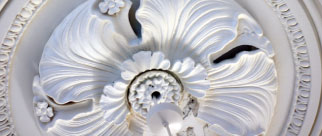
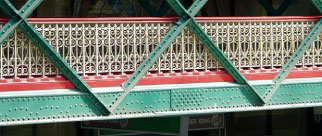
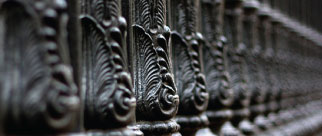
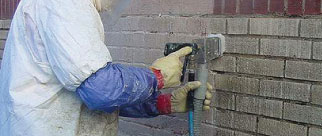
Peelaway® is architecturally specified; approved for projects by English Heritage, National Trust and many contractors working in the heritage industry. The Peelaway® Poultice Paint Removal System has been used for many high profile restoration projects including railings and interiors at The British Museum, ornate plaster ceilings at Greenwich Palace, ironwork on the London Underground and delicate panelling at the Victoria and Albert Museum. The system is frequently specified by architects as the only appropriate solution for paint removal where damage to the surface or risk to the environment is an issue.
Peelaway® stripping pastes are designed to be applied with the spatula supplied. Alternatively a hawk and trowel, brushes or a roller can be used. The pastes can also be sprayed with the use of the correct equipment: details are available from the company’s technical department. The method of application will depend on how thick the paste needs to be applied, for instance, a spatula or trowel will apply the paste thicker than a brush.
For technical assistance contact Barrettine at sales@barrettine.co.uk or telephone 0117 960 0060
ALWAYS READ THE INSTRUCTIONS AND DO A TEST PATCH FIRST.
We can not state enough how important it is to carry out a test patch before general use.
The size of the test patches will depend on the subject matter, but as a guide they should be from 75 x 75mm up to 300 x 300mm. Apply Peelaway® paste graded from 1mm to 6mm thick according to the age and thickness of the coating (e.g 1mm when removing a thin layer of varnish but possibly up to 6mm where there are multiple layers of thick paint). Place the Peelaway® blanket (print side out) on to the paste. Rub gently to remove air, pierce bubbles where necessary. Allow to stand from 2 to 48 hours, again this will be determined by the paint/coating type and thickness/number of layers. When using Peelaway® 1 to remove heavy paint build up over plaster mouldings you may need to leave even longer (up to 72 hours) and this can often aid the drying out process which encourages the old paint and blanket to lift away from the substrate being treated to complete the stripping process.
For areas involving different elevations several test patches should be applied to accommodate the possibility of different coatings and the effects of weather on exterior surfaces. To remove, the spatula should be inserted into the paste and a section gently lifted away. If the original surface is apparent, the test patch can be removed and the surface wiped with a damp sponge. If paint can still be seen, the test patch should be replaced and re-examined after a few hours.
Once the correct paste and timing for the project has been established together with the thickness required, the designated paste should be applied, the Peelaway® blanket laid over the paste and left for the time indicated by the test patch. Full instructions are on the containers.
Each project can potentially give different results and this is why it is imperative to carry out Test Patches. Leaving on for not long enough could mean the process has not completed. Leaving on too long could damage the substrate or you may find the Peelaway® blanket and paste becomes too hard and difficult to clean up.